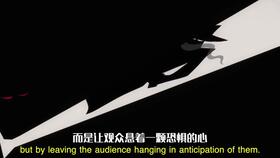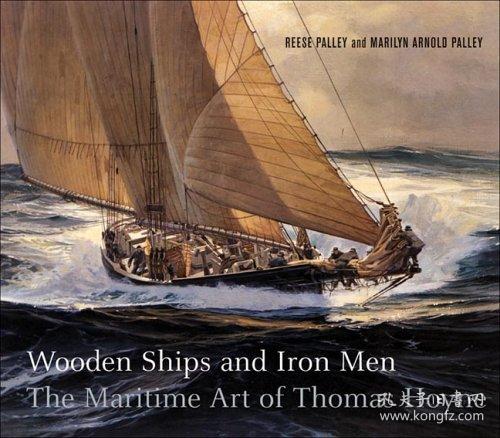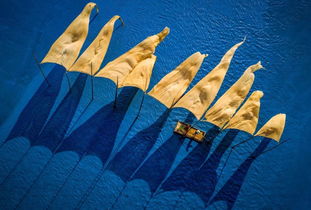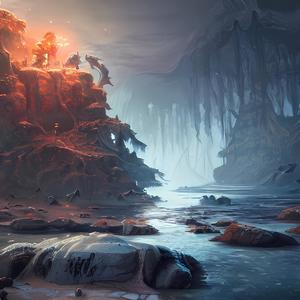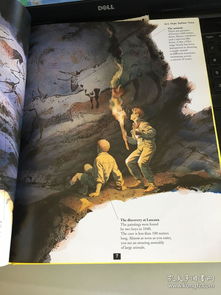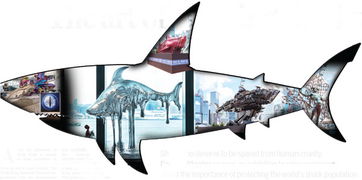Introduction:
Fishing is not just a hobby; it's an art form that combines patience, skill, and the beauty of nature. Capturing your fishing adventures on video can be a rewarding way to share your experiences with friends and family or simply relive them for yourself. Whether you're a seasoned angler or a beginner looking to document your fishing trips, this tutorial guide will provide you with essential tips and techniques to create engaging and high-quality fishing videos.
Section 1: Pre-Production Planning
Define Your Purpose:
Before you start filming, determine what you want to achieve with your video. Are you aiming for a tutorial, a travelogue, or a showcase of your fishing skills?
Research Your Location:
Understand the environment you'll be filming in. Research the best times to fish, local wildlife, and any regulations regarding filming in the area.
Gather Equipment:
Ensure you have all the necessary equipment. This includes a camera, tripod, fishing gear, and any additional accessories like a microphone or underwater camera.
Section 2: Camera Setup and Technique
Camera Selection:
Choose a camera that suits your needs. DSLRs, action cameras, and smartphones can all be used effectively, depending on your style and budget.
Tripod Use:
Use a tripod to stabilize your shots. This is crucial for maintaining clarity and avoiding shaky footage.
Shooting Angles:
Experiment with different angles to capture the action. Get low to the ground for a unique perspective or use a drone for aerial shots.
Lighting:
Natural light is often the best option. However, if you're filming at night or in low-light conditions, consider using a flashlight or other lighting sources.
Sound Quality:
Use a good quality microphone to capture clear audio. This is especially important if you're narrating or if you want to capture the sounds of the fish咬钩 or the natural environment.
Section 3: Filming Techniques
Start with a Hook-Up:
Begin your video with a successful hook-up to grab the viewer's attention. Capture the excitement and the technique used to land the fish.
Close-ups:
Use close-ups to show the details of the fish, the tackle, or the environment. This can add depth to your video.
Long Shots:
Include long shots to give viewers a sense of the location and the scale of the environment.
Cutaways:
Add cutaways to show different aspects of the fishing experience, such as setting up the gear, casting, or interacting with the surroundings.
Time-Lapse:
Use time-lapse to show the passage of time, such as the movement of clouds or the ebb and flow of the tide.
Section 4: Post-Production Editing
Video Editing Software:
Choose a video editing software that suits your needs. Programs like Adobe Premiere Pro, Final Cut Pro, or even free options like DaVinci Resolve can be effective.
Basic Editing Techniques:
Trim clips to remove unnecessary parts, adjust the timing of shots, and ensure a smooth transition between scenes.
Adding Music and Sound Effects:
Enhance your video with appropriate music and sound effects. This can help create a mood and add excitement to the footage.
Color Correction and Grading:
Adjust the color and contrast to ensure your video looks its best. This can also help to match the look and feel of different scenes.
Adding Text and Graphics:

Include text to provide context or information, and use graphics to enhance the visual appeal of your video.
Conclusion:
Creating a high-quality fishing video requires careful planning, skillful filming, and thoughtful editing. By following this comprehensive tutorial guide, you'll be well on your way to producing engaging and professional-looking fishing videos. Remember, the key is to have fun and share your passion for fishing with the world. Happy filming!
